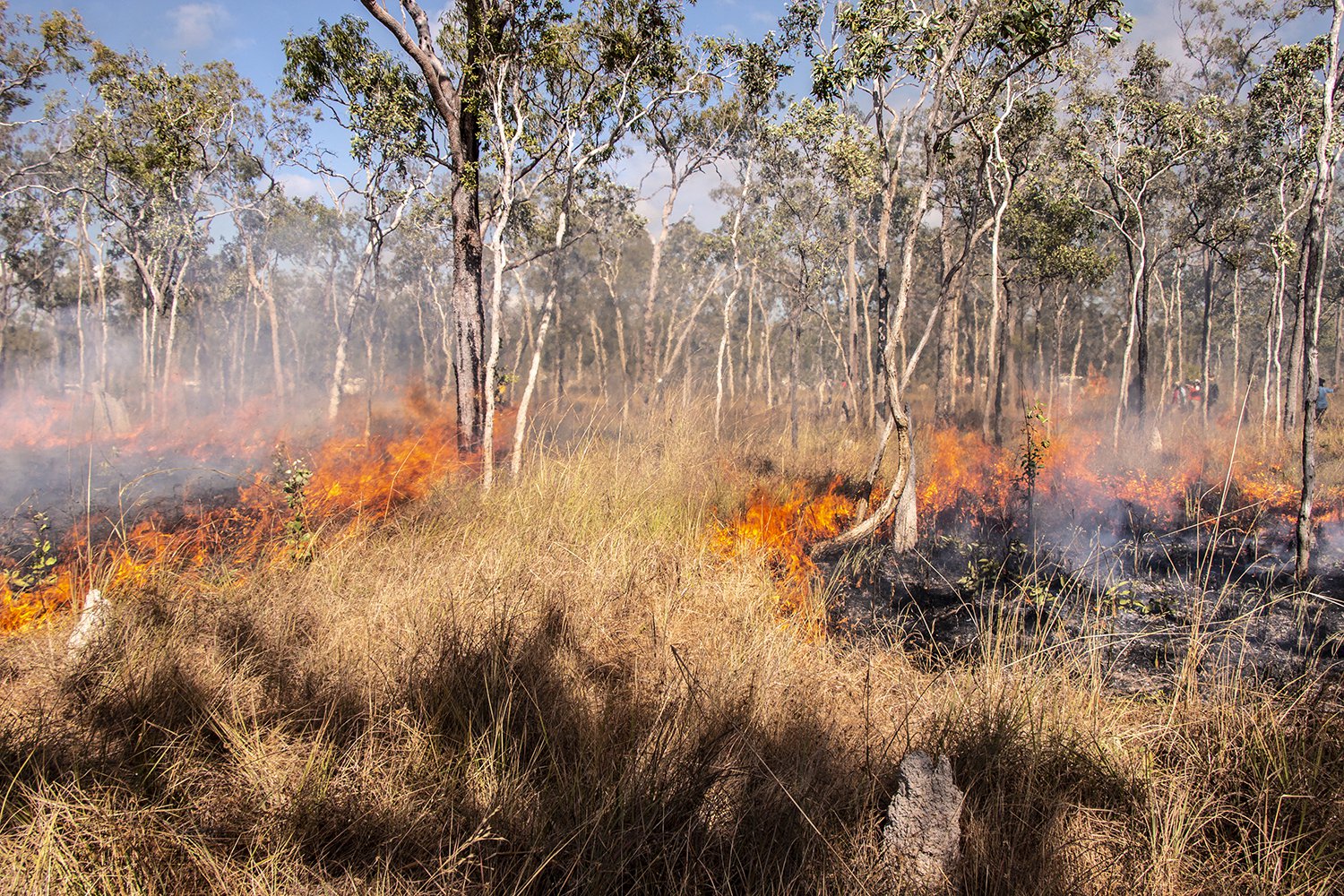Feeling the burn near Coonabarabran
Kristin Murdock
24 February 2024, 8:20 PM
 Cultural burns will be trialled near Coonabarabran (Image: Jimmy Malecki/DPE)
Cultural burns will be trialled near Coonabarabran (Image: Jimmy Malecki/DPE)A location near Coonabarabran, close to the Oxley and Newell Highways will be the one of four sites across NSW to incorporate Aboriginal cultural landscape management as a way to increase bushfire resilience.
The program launched today by Transport for NSW (TfNSW) aims to use these cultural practices as a way to protect critical transport corridors such as the Oxley and Newell highways.
According to the Australian Museum, cultural burning has been used by First Nations people to improve the health of Country and its people and to manage land, plants and animals for over 60,000 years. However, this has not occurred over large parts of Australia for many generations.
An increasing awareness of the important role cultural burning can play in mitigating the effects of extreme bush fires and responding to the recommendations made in the NSW Bushfire Inquiry which followed the Black Summer disaster, has brought about this pilot program. Other sites involved are near Grafton and Bega.
Minister for Emergency Services Jihad Dib is totally on board with the project.
“Hazard reduction and mitigation play a key role in managing fire risk, and we know from the Bushfire Inquiry that there are many different approaches we can take to this to prepare as much as possible for bushfires," Mr Dib said.
“This project will support Aboriginal communities to carry out and expand cultural landscape management, making our road network more resilient and promoting the use of local traditional knowledge to better prepare our landscape for natural disasters."
Modern day use of cultural burning is being utilised more and more. While the just announced program focusses on protecting transport corridors in a fire event, last year it was threatened species that rely on fire to maintain habitat that were the focus.
The Saving our Species project saw thirty Aboriginal rangers from six organisations identify, plan and implement burns to protect cultural values on Aboriginal-owned land with a focus on animals not roads.
The eastern chestnut mouse, Hastings River mouse and eastern bristlebird rely on open forest with dense tussocky grass understory. Maintaining the structure of this kind of habitat requires frequent low intensity burns.
The upcoming cultural fire management project at Coonabarabran will include a joint TfNSW and La Trobe University research project to explore how traditional and cultural land and water management can be used to build resilience to natural disasters into the transport network.

Bringing back cultural burns along key roadsides is expected to keep local areas connected during bushfire emergencies. IMAGE: Australian Museum
It's a process that make perfect sense according to Minister for Aboriginal Affairs and Treaty David Harris.
“Aboriginal people have been caring for Country as custodians and knowledge holders for tens of thousands of years," Mr Harris said. “It makes sense for Aboriginal people to manage the landscape at these sites now and into the future. Through this initiative, we are Closing the Gap by creating jobs and empowering Aboriginal people and communities to be decision-makers.
“The project will strengthen Aboriginal communities and build knowledge and cultural heritage across the generations.”
The pilot program will begin this year and finish in 2025 with further details to be announced.



